When we were in Guatemala in October we chartered a helicopter trip to the ancient Mayan city of El Mirador hidden in the rain forests of northern Guatemala.
Check out the short video here
https://vimeo.com/381267997/123b15e337

…my perspective…
When we were in Guatemala in October we chartered a helicopter trip to the ancient Mayan city of El Mirador hidden in the rain forests of northern Guatemala.
Check out the short video here
https://vimeo.com/381267997/123b15e337

We have been checking out the sights of Miami as a stop over on the way to Mexico.
Check out the short video here
https://vimeo.com/365899581/8cb1b03853

This afternoon Kathy & traveled up the highway to Cutters Rest at Woodford for the open mic afternoon. Kathy’s brother Gary fired up the crowd as one of the star performers.
Check out the short video here
Over the weekend I finished reading Graham Hancock’s “Magician’s of the Gods”, the sequel to his best seller “Fingerprints of the Gods”. Graham Hancock’s approach to challenging conventional archaeological theory has been the inspiration behind Kathy and my travels over the past 16 years.
In “Magicians of the Gods”, Graham Hancock describes his visit to Baalbek in central Lebanon in 2014, the same year we were there as part of our trip which also included Turkey and Greece. Baalbek’s attraction is the three 1,000 plus tonne stone megalithic blocks which sit beneath the 2 thousand year old Roman “Temple of Jupiter”. These megalithic blocks are believed to be the largest stone blocks used in construction in the ancient world.
Below you can see Kathy standing next to one of these colossal blocks & another in situ as part of the temple foundations.
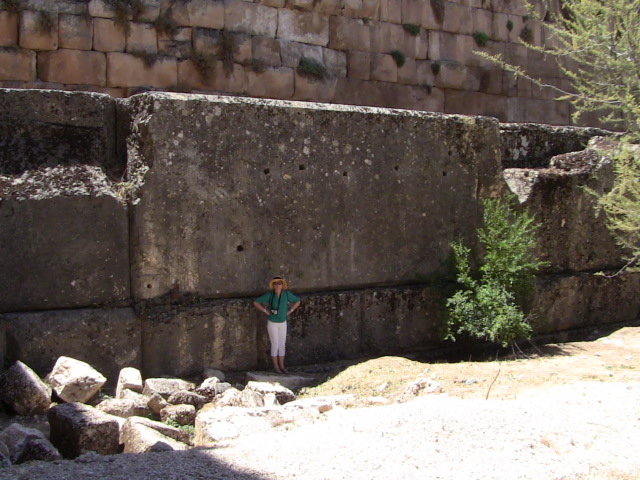

Not far from the Baalbek, there is a quarry Kathy & I visited containing much larger megalithic blocks, which makes you ask …..”How the hell did they move these stones ?”.
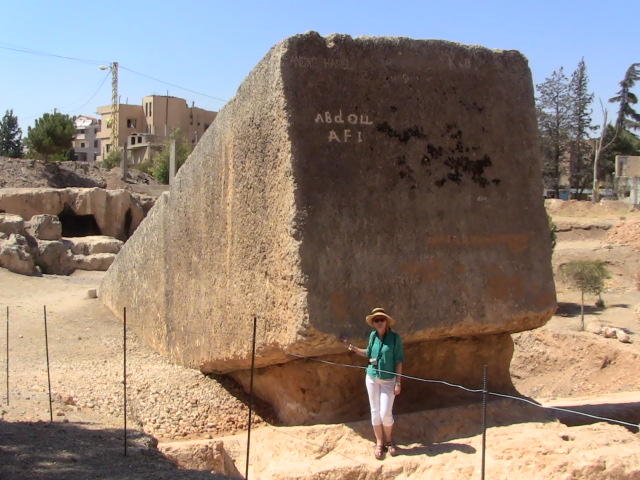

Baalbek is not the first time we have seen megalithic architecture. Blow is a broken, unfinish granite obelisk from Aswan, Egypt.
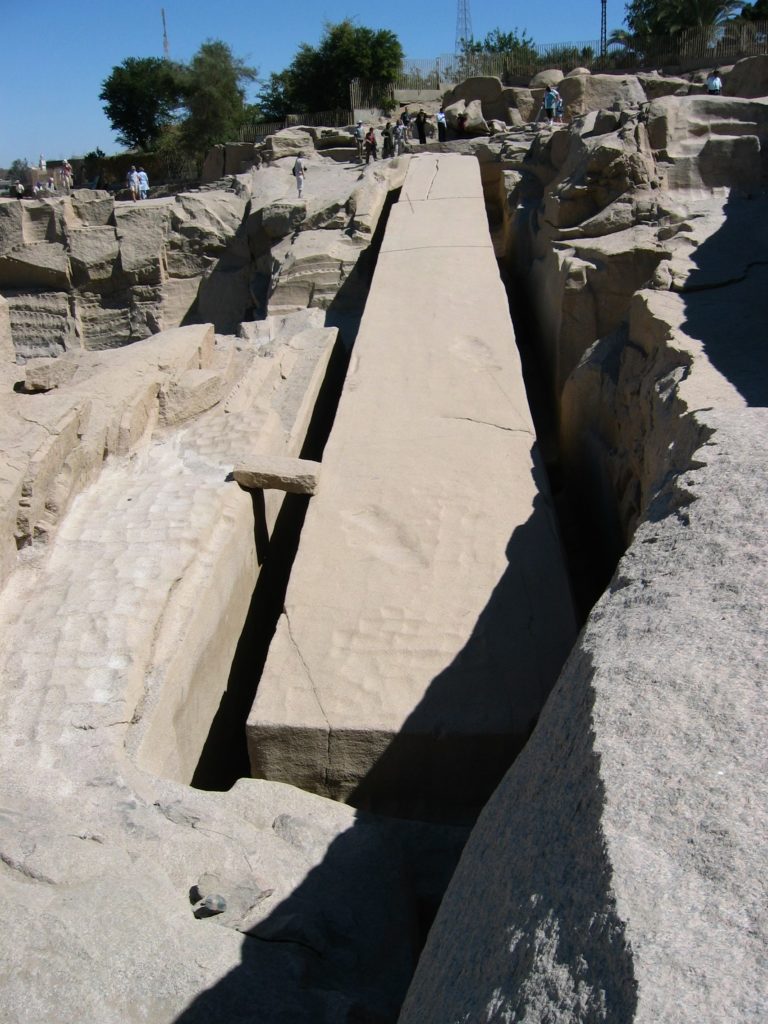
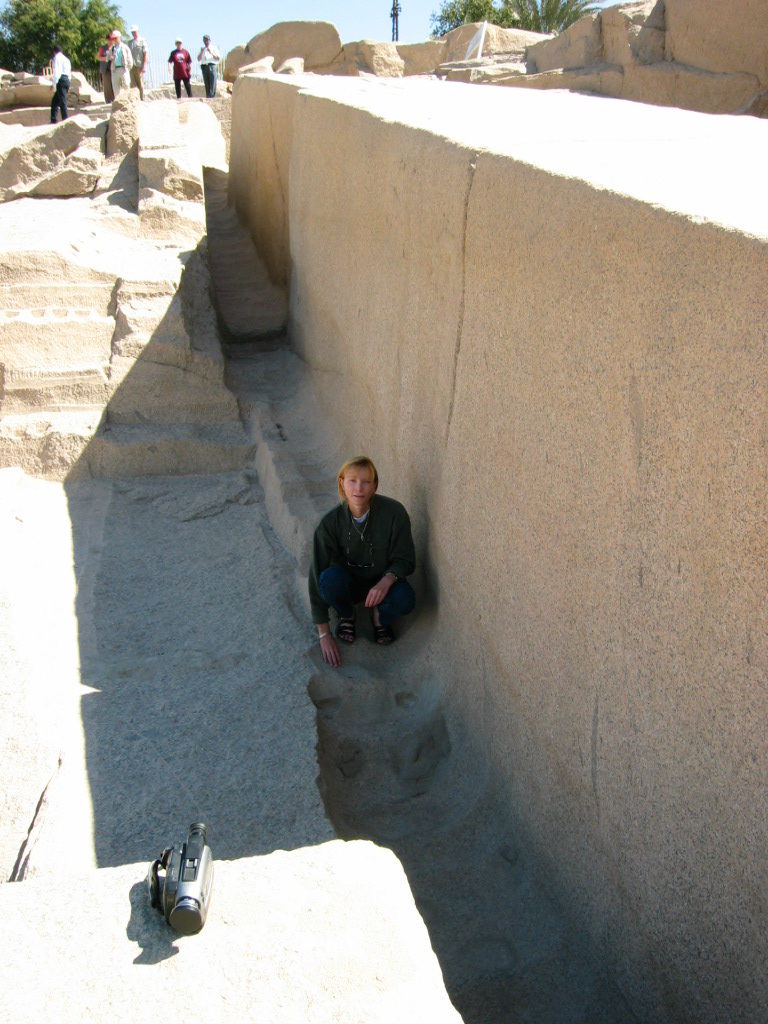
For thousands of years, the Egyptians were very skilful stonemasons able to cut and transport enormous stone blocks up and down the Nile river. Some of the pink granite stone blocks found at Baalbek and across the Greek, Roman & Persian world originated from the Aswan quarries.
It’s not known where the Egyptians gained the knowledge to build their megalithic structures, however there is evidence to suggest, many archaeological sites had very early origins. Pre-dating the Pyramids at Giza (according to modern archaeological chronology) is Abydos, one of the oldest Egyptian cities and it’s famous Assyrian, whose ruins lie beneath thousands of years of construction projects.
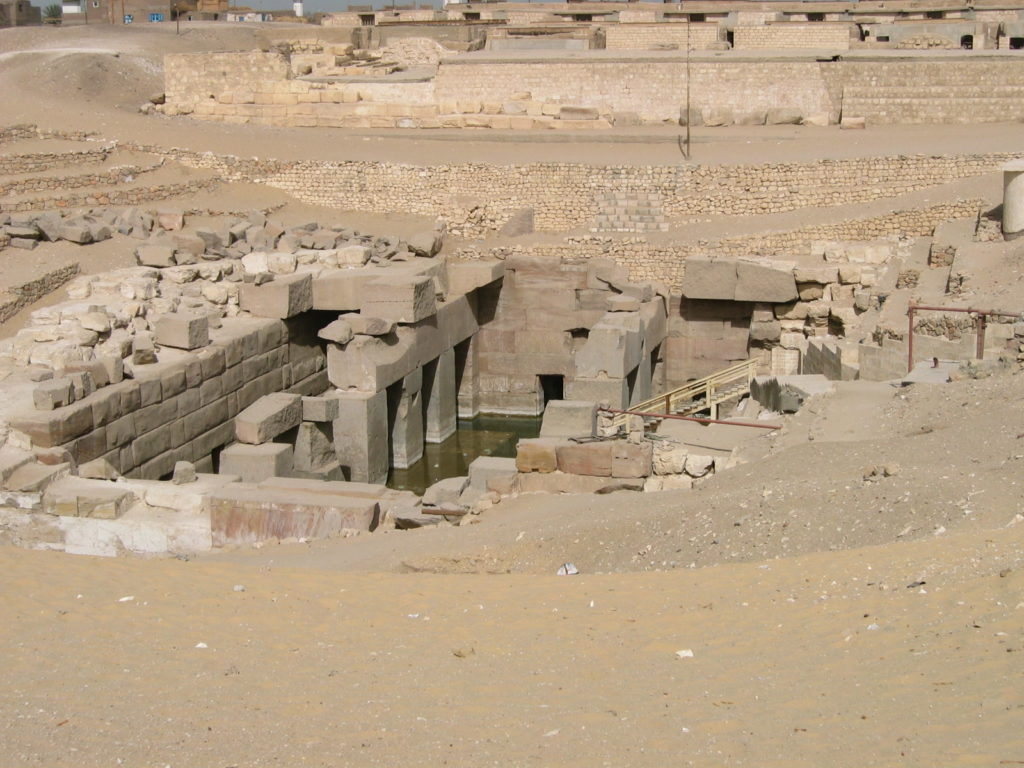
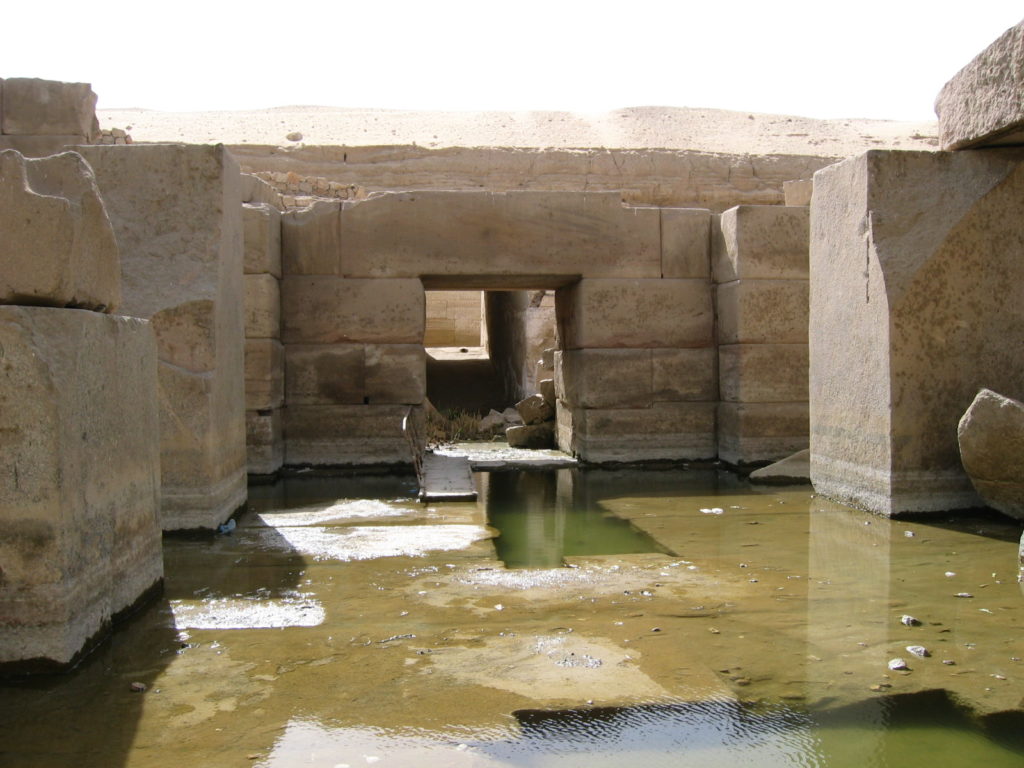
Any tour of Egypt would not be complete without a visiting the Giza pyramids. On the day we were there in 2003, only 150 tourists were permitted into what’s called the “King’s Chamber”. You’ll notice the precision cutting & placement of the stonework forming the walls & the centre piece which archaeologists still believe was a sarcophagus. The dimensions of the “sarcophagus” are such it must have been carved at the time of building the pyramid, as it is too big to fit in the very tight passageways leading to the chamber. If it was a “sarcophagus”, then the pharaoh must have been short as I only just fit inside.
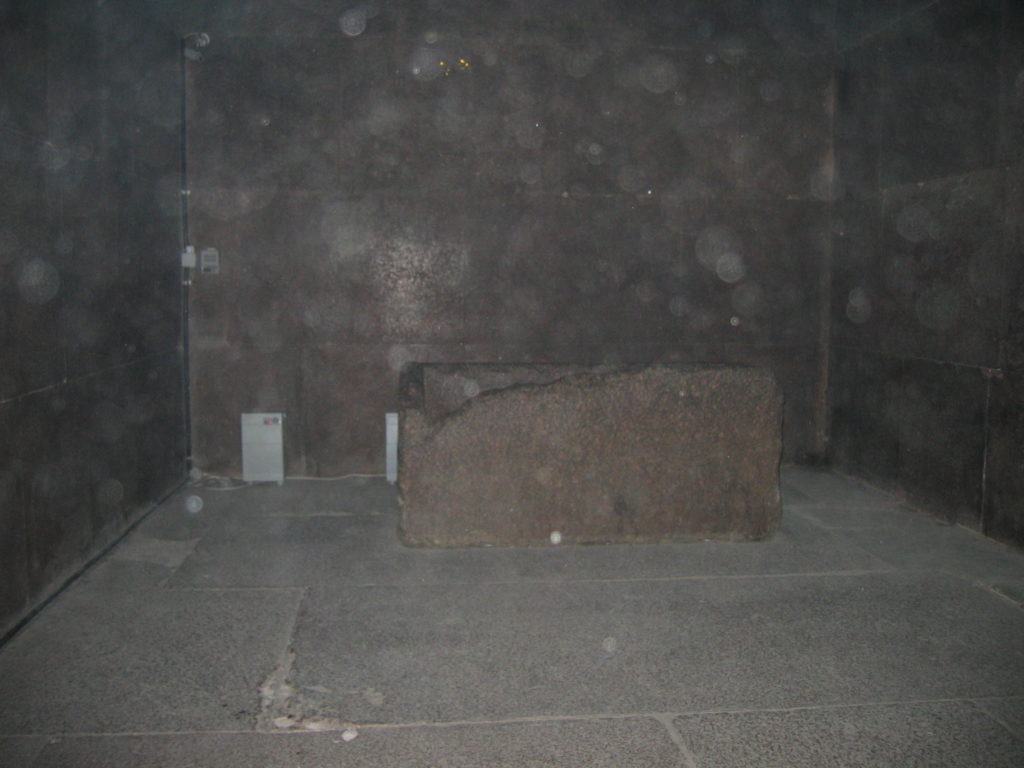
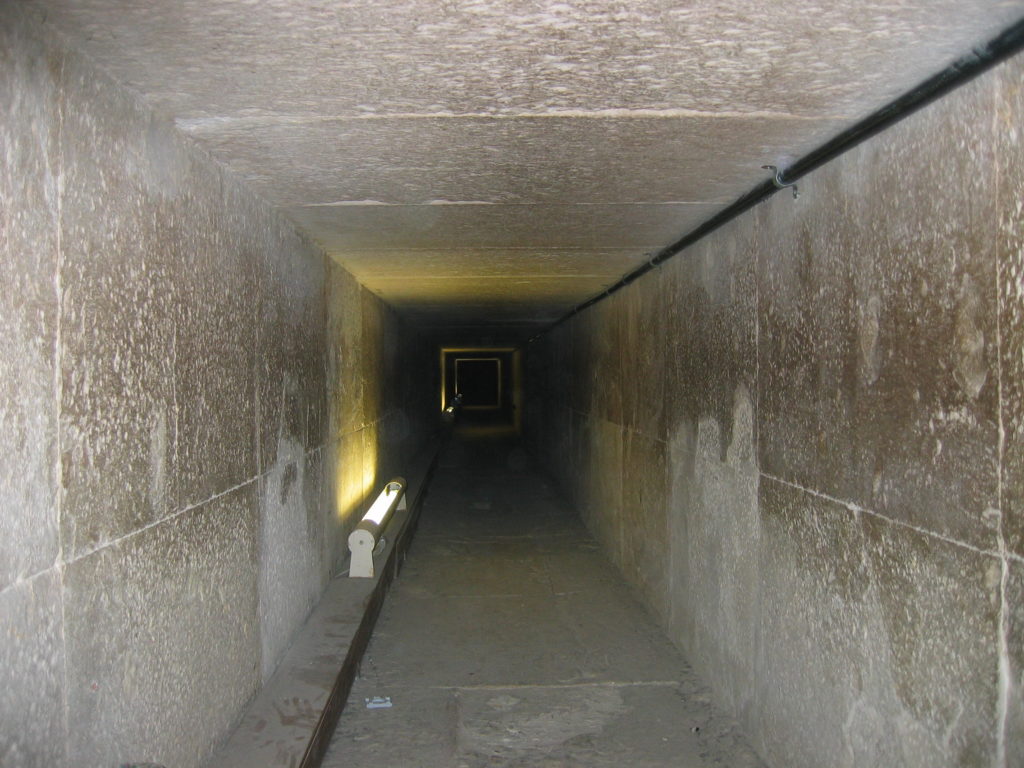
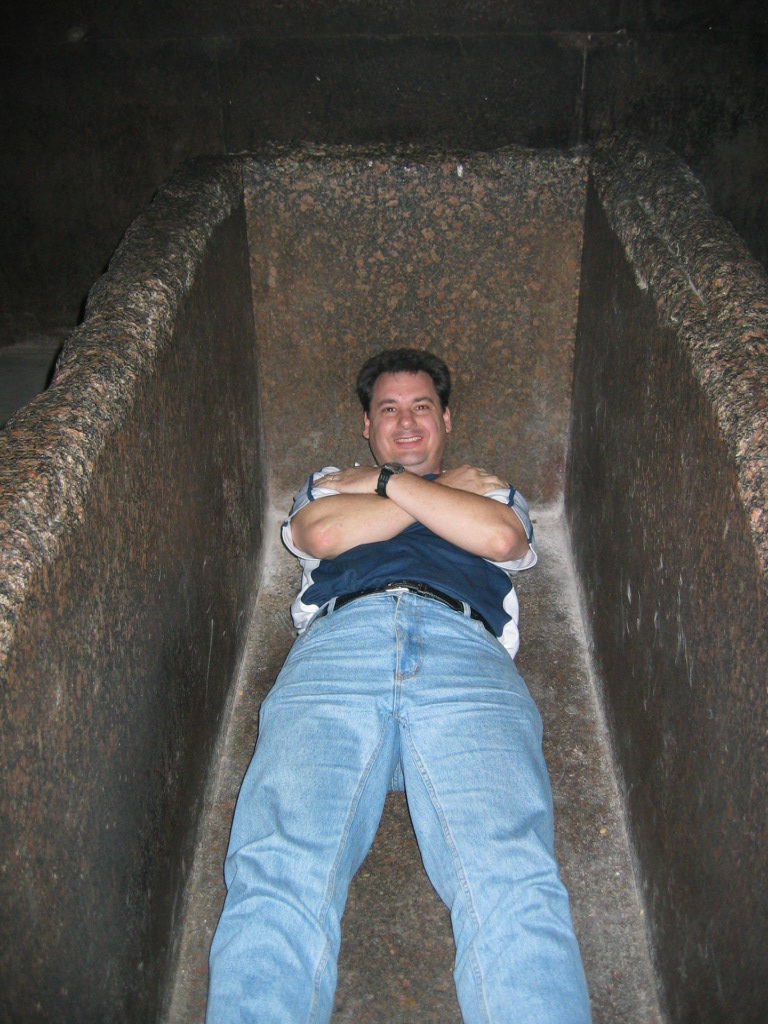
Across the world the peoples of Central & South America also had the knowledge to cut and transport megalithic stone blocks great distances. The Olmec thought to be the ‘mother’ race of Central America cut 40 tonne basalt rock sculptures whose faces have a African appearance. Much of their knowledge including sophisticated astronomical observation and mathematics were passed on to the Maya and Aztecs.
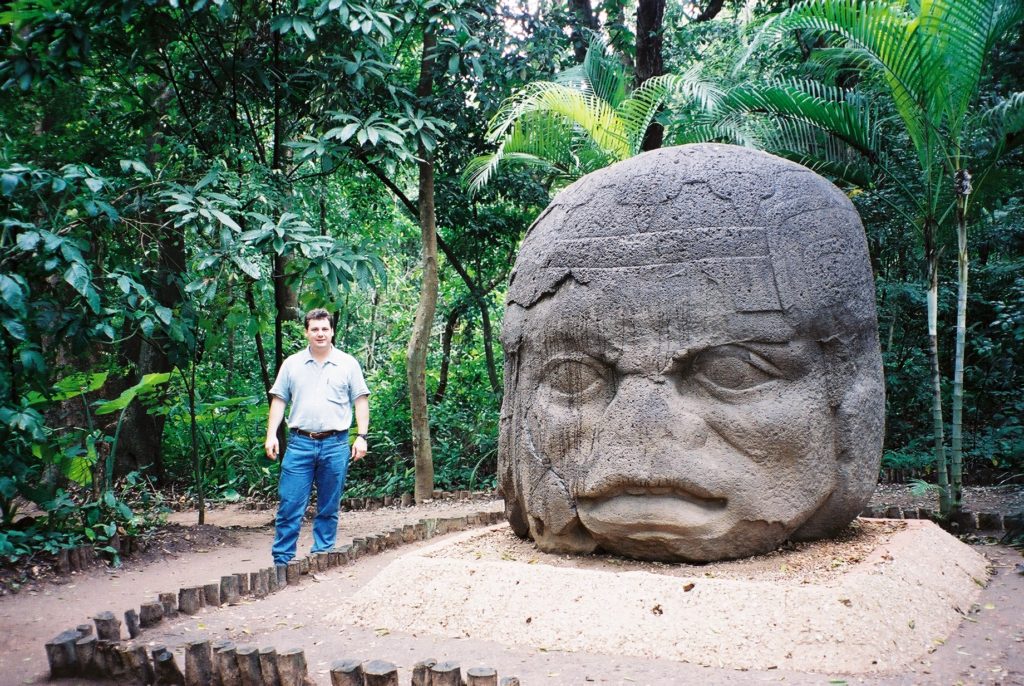
The people of Tiwanaku, in the highlands of Bolivia by the shore of Lake Titicaca were very advanced. It’s believed their civilisation was destroyed by massive earth displacement which may be related to why many of the species of aquatic life in the lake are fresh water versions of species found in the oceans today. This is a fascinating mystery….
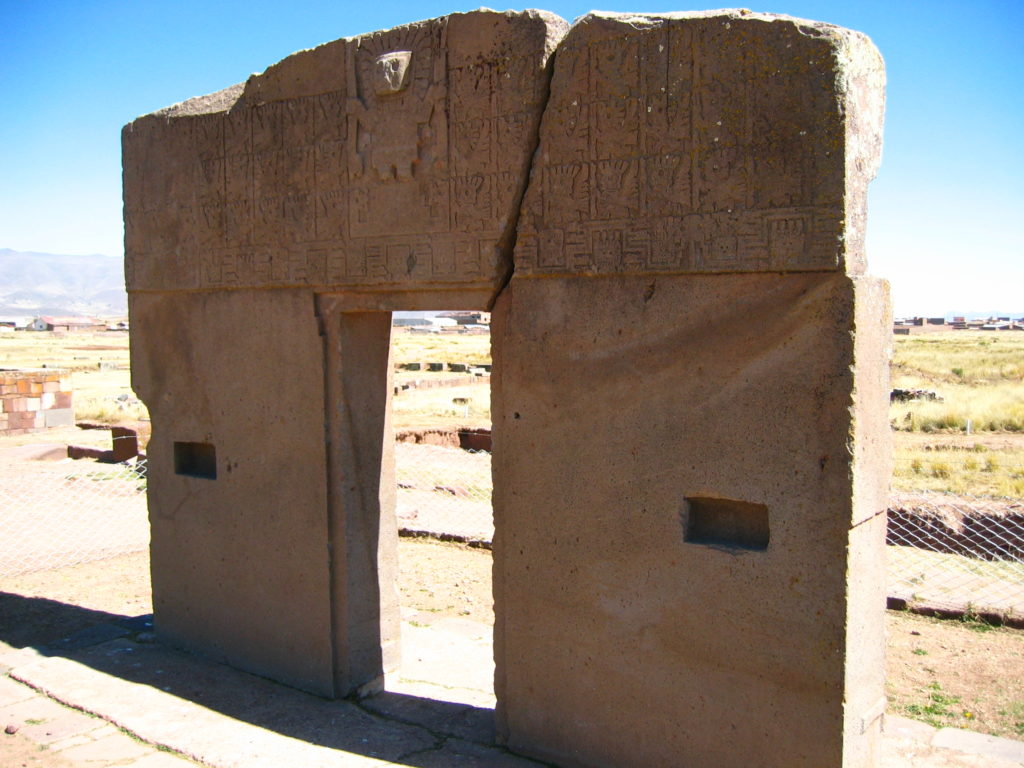
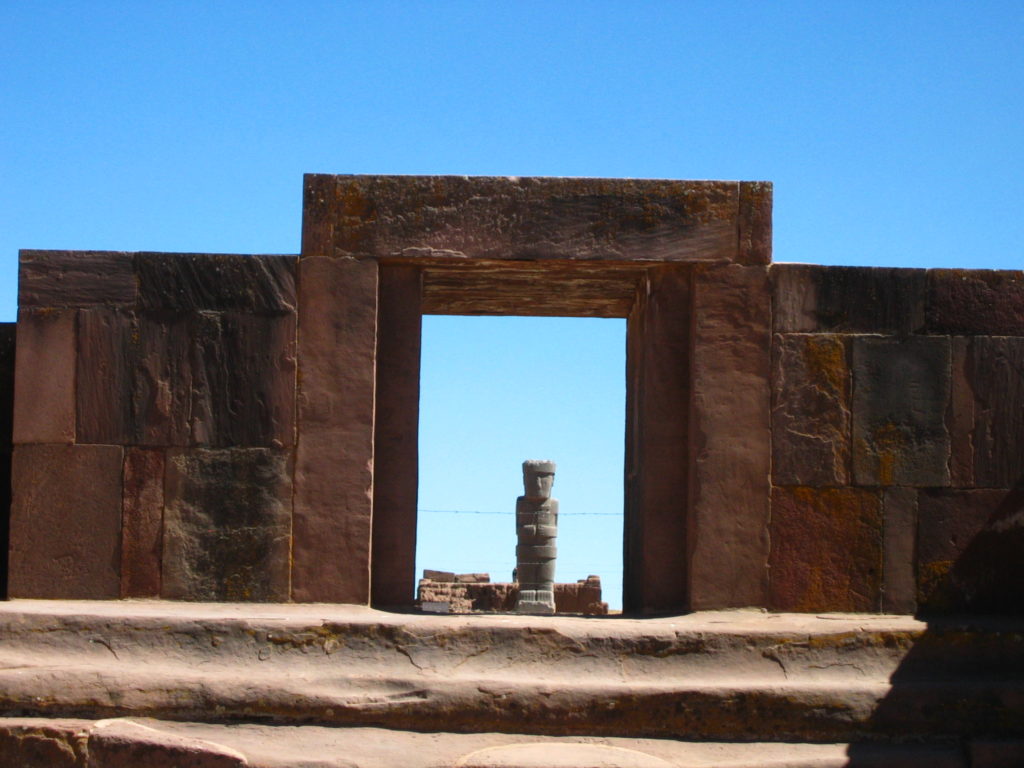
Some of the best examples of stone masonry in the ancient world are found in Peru. Here there are many examples of new cities being built on top of old ones with the largest Megalithic stones & best stone-masonry being found at the earlier levels. There is even evidence the ancient Peruvians linked stones together with metal poured into holes across a seam to create pins between the stone blocks. This is a technology the Egyptian’s also developed.
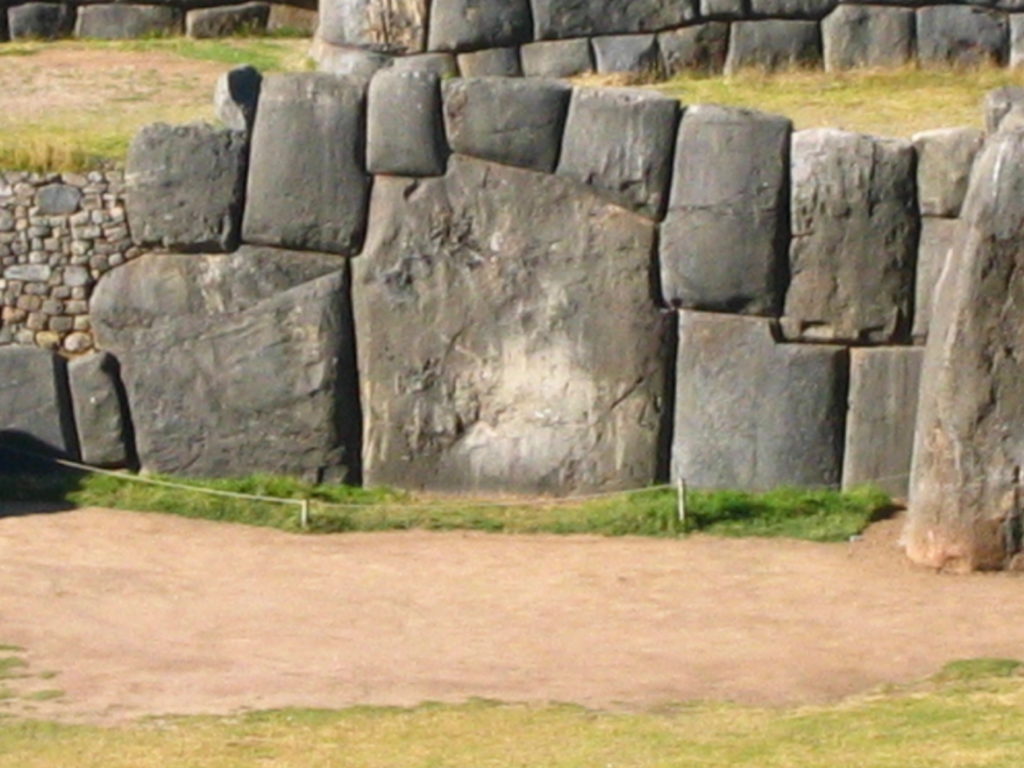
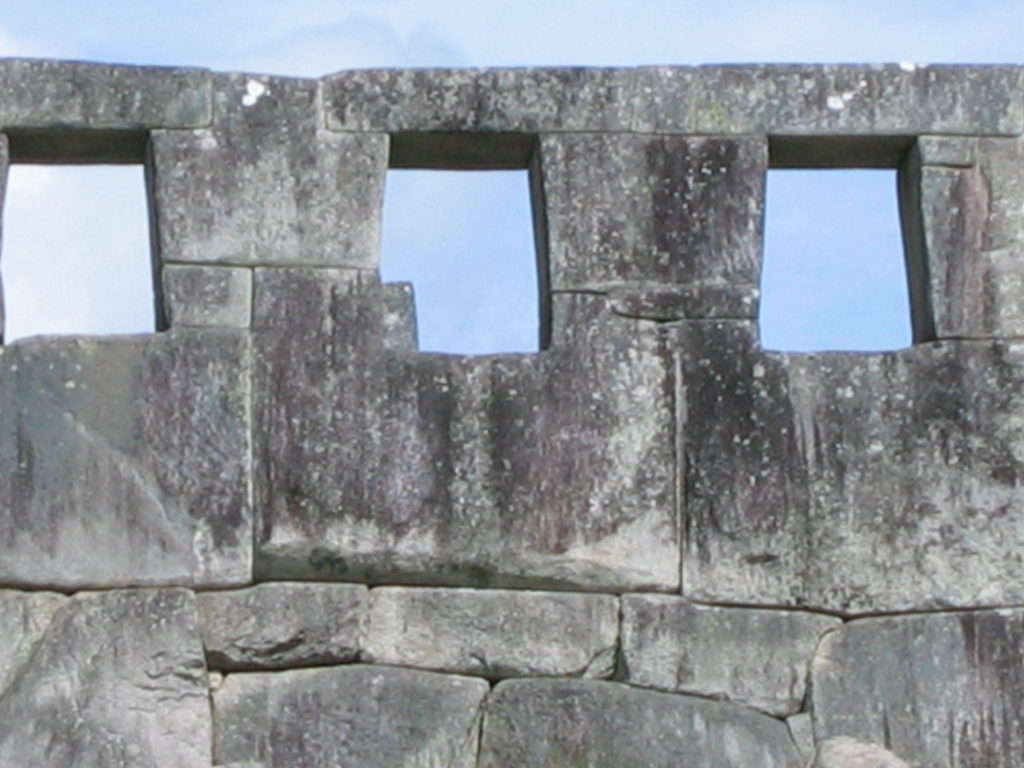
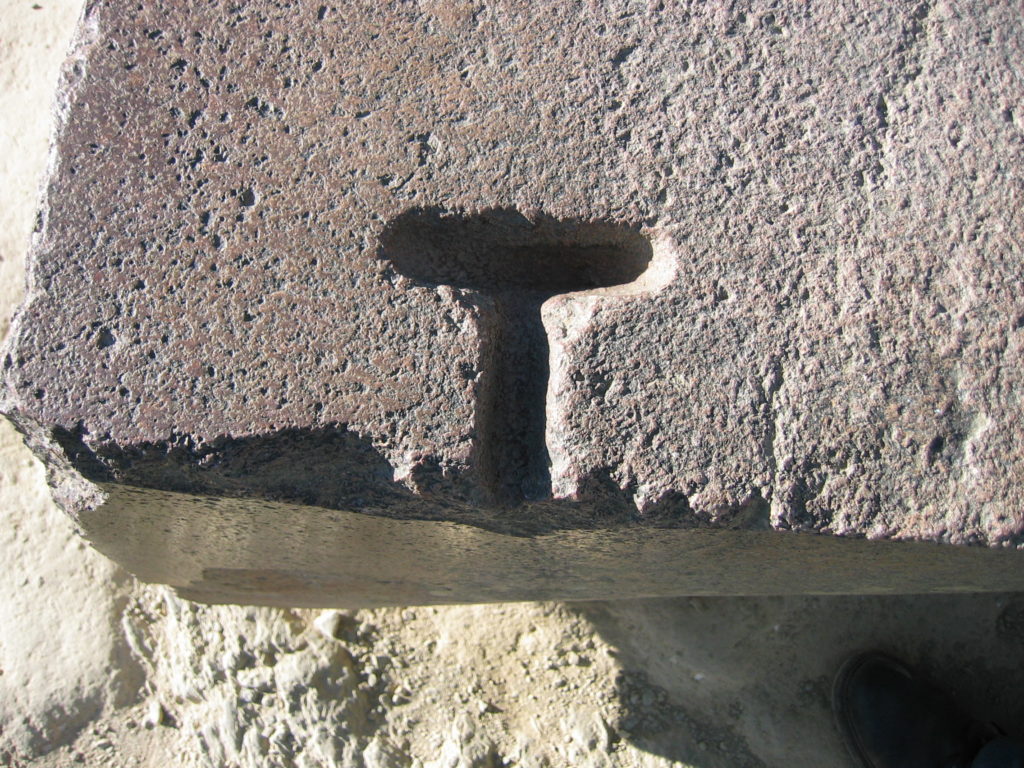
Today, we can only marvel at the skill of the ancient stonemasons as we do not have the technology to cut blocks of stone with such precision not the machinery to move the megalithic blocks into place. Further, many ancient sights were perfectly aligned to the earths cardinal points and used for observation of the stars and planets.
Kathy & I have only touched the surface of what there is to see. Looks like we’ll have to keep travelling !!
I’ve had a lot of fun recently building a new chicken coop to cater for the growth of our flock from 3 to 5 chickens. With a brick base to allow water from cleaning the coop to fertilize the poinciana tree & netting to keep the pigeons & crows out, the fencing is also reinforced to keep the Foxies out. Just have to remember to keep the gate shut !!
Today is the launch of my website. Still early days & not much content at this stage, but you’ve got to start somewhere !! I have a heap of content to share so I hope you will return to my site in the future.